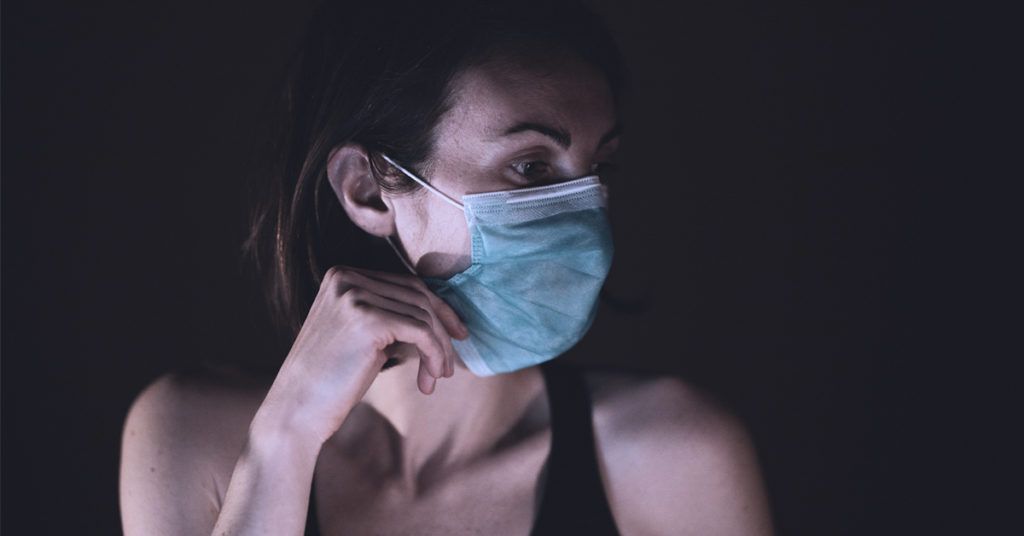Telemedicine Doubles HCV Treatment Success for Patients with Opioid Use Disorder

People with opioid use disorder who have hepatitis C virus (HCV) were twice as likely to be successfully treated and cured of HCV if they received facilitated telemedicine treatment at their opioid treatment programs (OTPs) compared to being referred off-site to another provider. These findings were published today by a team of researchers from the University at Buffalo in the Journal of the American Medical Association (JAMA).
This study is one of the few randomized controlled trials examining the effectiveness of telemedicine in improving healthcare access for vulnerable populations. Individuals with opioid use disorder, a particularly challenging and underserved group, are at high risk for HCV infection through needle sharing.
Led by Dr. Andrew H. Talal, a professor of medicine at the Jacobs School, the study explored integrating telemedicine into OTPs for HCV management, eliminating the need for off-site referrals.
The study was funded by an $8.2 million award from the Patient-Centered Outcomes Research Institute (PCORI) to compare OTP-integrated facilitated telemedicine with the usual care approach of off-site referral to an HCV specialist. The Troup Fund of the Kaleida Health Foundation also contributed over $3 million to the research.
Conducted from 2017 to 2022 at 12 OTPs in New York State that dispense methadone, the study enrolled 602 participants with opioid use disorder diagnosed with HCV. They received treatment with direct-acting antiviral medications for HCV and were followed for two years post-cure to evaluate reinfection rates.
The study found that 90.3% of participants in the telemedicine arm at OTPs were cured of HCV, compared to 39.4% of those referred to off-site specialists. Notably, two-thirds of those in the referral arm never initiated HCV treatment. During two years of follow-up, HCV reinfections were minimal.
“Telemedicine leads to high patient retention in care and cure within this population,” said Talal.
The study also found that curing HCV led to improvements in health and well-being, including significant reductions in substance use. Many participants were able to seek employment, improve their education, and reduce their involvement with the criminal justice system.
A key advantage was the integration of telemedicine into settings where patients were already receiving treatment—methadone in this case. Because participants had strong, established relationships with staff, it was straightforward to provide HCV treatment simultaneously.
The study’s complex design included implementing each study arm at each site at different times. Talal held regular brown bag lunches with OTP staff and patients to address questions and educate them about HCV.
The tangible benefits were clear. “We had the opportunity to engage in a treatment modality to address a chronic condition secondary to opioid use,” said Ken Bossert, an administrator at the Drug Abuse Research & Treatment (DART) site in Buffalo. “We could nearly guarantee clients would be cured, and we stressed that once cured, they shouldn’t re-expose themselves to risk. So now the patient could say, ‘OK, I participate in this study, I’m starting to feel better, and this chronic condition goes away.’ It’s a tangible win.”
The findings show that leveraging the trust patients have in these treatment programs can be very helpful. “Our study demonstrates how telemedicine successfully integrates medical and behavioral treatment,” Talal said, noting the potential for telemedicine to improve healthcare access for other underserved populations.
In addition to his role at the Jacobs School, Talal is a physician with UBMD Internal Medicine and conducts numerous clinical trials on new treatments for liver disease, including HCV. He also serves on the task force advising New York State on its HCV Elimination Plan and chairs the state’s HCV Telemedicine workgroup.
UB co-authors include Marianthi Markatou, PhD, SUNY Distinguished Professor in the Department of Medicine at the Jacobs School and the Department of Biostatistics at the School of Public Health and Health Professions; Anran Liu, doctoral student in the Department of Biostatistics; Lawrence Brown, MD, formerly of START Treatment & Recovery Centers; Ponni Perumalswami, MD, and Amreen Dinani, MD, both formerly of the Icahn School of Medicine at Mt. Sinai; and Jonathan Tobin, PhD, of Clinical Directors Network and Rockefeller University.
